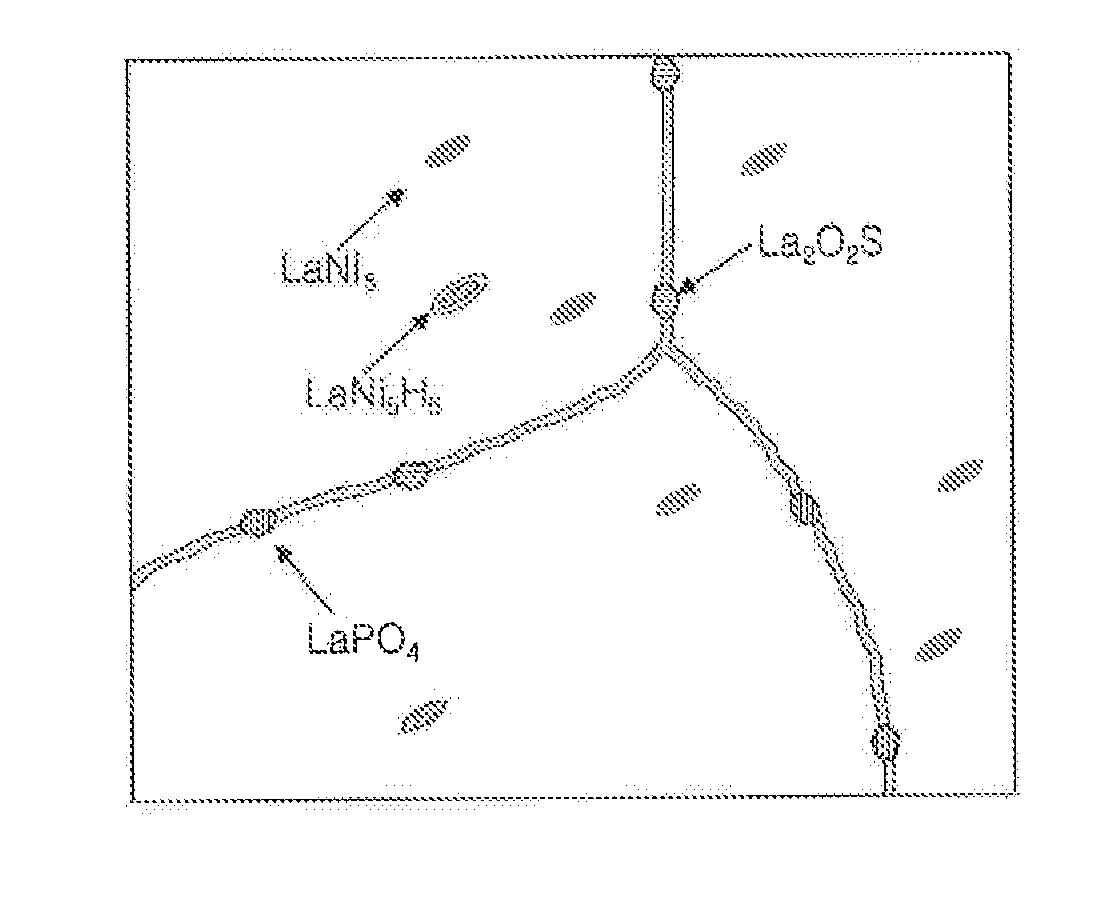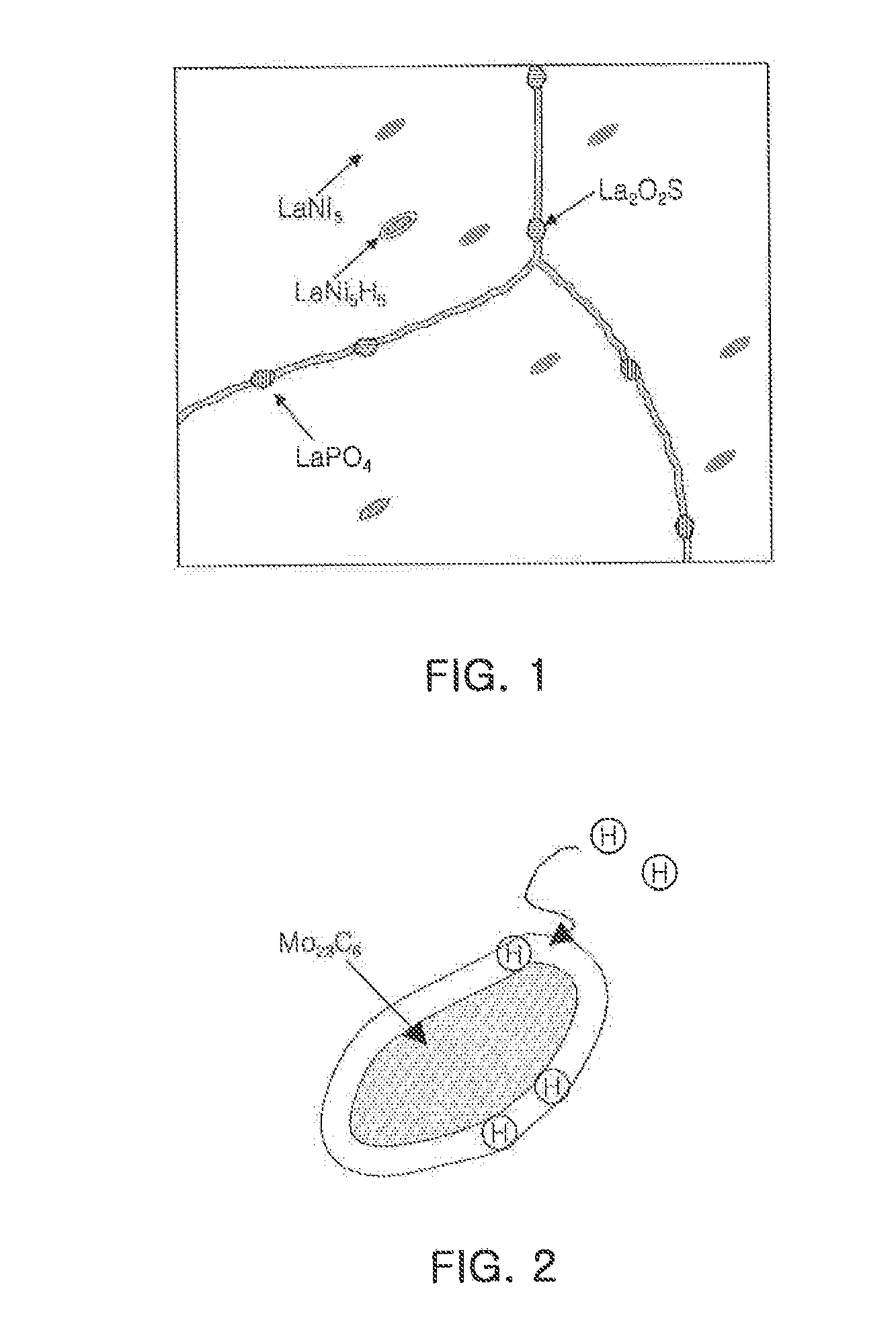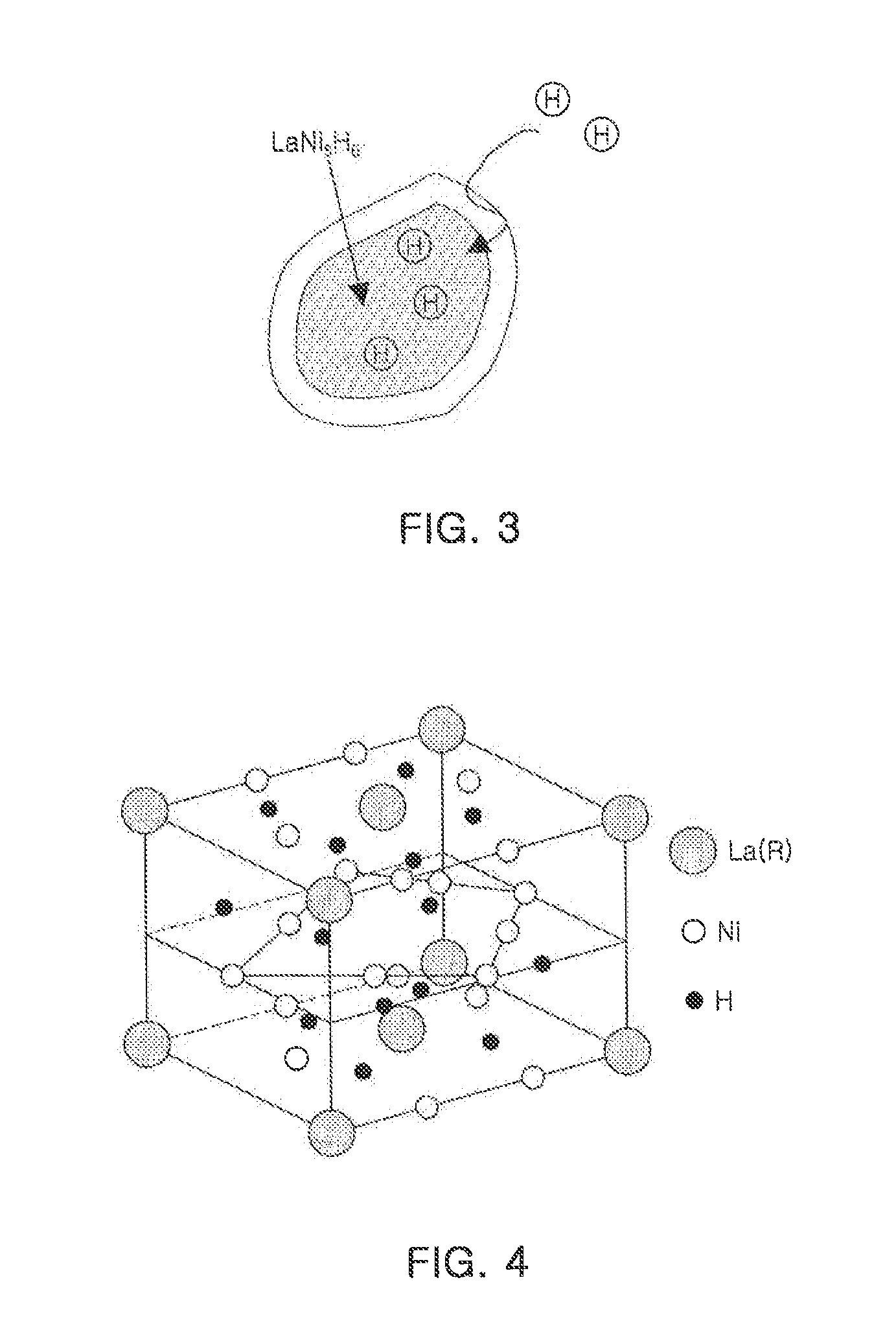Wire rod having superior hydrogen delayed fracture resistance, method for manufacturing same, high strength bolt using same and method for manufacturing bolt
a technology of hydrogen delayed fracture and wire rod, which is applied in the field of wire rod, can solve the problems of deterioration of hydrogen delayed fracture resistance, insufficient use of wire rod for manufacturing ultrahigh strength bolts, and insufficient strength of wire rod as a raw material, so as to achieve superior hydrogen delayed fracture resistance and high strength. , the effect of high strength
- Summary
- Abstract
- Description
- Claims
- Application Information
AI Technical Summary
Benefits of technology
Problems solved by technology
Method used
Image
Examples
example 1
[0052]Steels having compositions of Table 1 and Ae3 temperature were manufactured and then, wire rods were manufactured using the steels under conditions of Table 2. Bolts were manufactured using the wire rods manufactured as above. In this case, heat treatment conditions in a manufacturing process of the bolts were described in Table 2.
[0053]Tensile strength and hydrogen delayed fracture resistance of the respective bolts manufactured above were measured and the results thereof are shown in Table 3. The hydrogen delayed fracture resistance of the respective bolts were measured in such a manner that tensile strengths corresponding to about 0.9 times those of tensile strength of the respective bolts, measured in a state in which the respective bolts were immersed in a test solution having an acidity of about 2 and configured of H2O: 2000 cc, CH3COOH: 80 ml, and NaCl: 100 g were imparted to the bolts and then, hours after which the respective specimens were broken, were measured. Thro...
example 2
[0057]In order to determine hydrogen delayed fracture resistance depending on a size and an aspect ratio of a lanthanum (La)-based, a nickel (Ni)-based, or a LaNi-based precipitate, the size and the aspect ratio of the precipitate were varied through a heat treatment in the cases of inventive examples 1 to 3.
[0058]After the size and the aspect ratio of the precipitate were varied as described above, hydrogen delayed fracture resistance was measured in the same manner as that of the foregoing example 1 and the results thereof were shown in Table 4.
TABLE 4AverageAspectsizeratioofofBreaking Time (H)Classificationprecipitateprecipitate102030405060708090100200300RemarkInventive320 nm1.7xxxxxxxxxxxxInventiveExample 1materialInventive220 nm1.2xxxxxxxxxxxxInventiveExample 2materialInventive195 nm1.9xxxxxxxxxxxxInventiveExample 3materialInventive364 nm1.05xxxxxxxxx∘——ComparativeExamplematerial1-1Inventive280 nm3.2xx∘—————————ComparativeExamplematerial2-1Inventive 97 nm1.8xxx∘————————Comparat...
PUM
| Property | Measurement | Unit |
|---|---|---|
| aspect ratio | aaaaa | aaaaa |
| circular-equivalent diameter | aaaaa | aaaaa |
| tensile strength | aaaaa | aaaaa |
Abstract
Description
Claims
Application Information
 Login to View More
Login to View More - R&D
- Intellectual Property
- Life Sciences
- Materials
- Tech Scout
- Unparalleled Data Quality
- Higher Quality Content
- 60% Fewer Hallucinations
Browse by: Latest US Patents, China's latest patents, Technical Efficacy Thesaurus, Application Domain, Technology Topic, Popular Technical Reports.
© 2025 PatSnap. All rights reserved.Legal|Privacy policy|Modern Slavery Act Transparency Statement|Sitemap|About US| Contact US: help@patsnap.com



